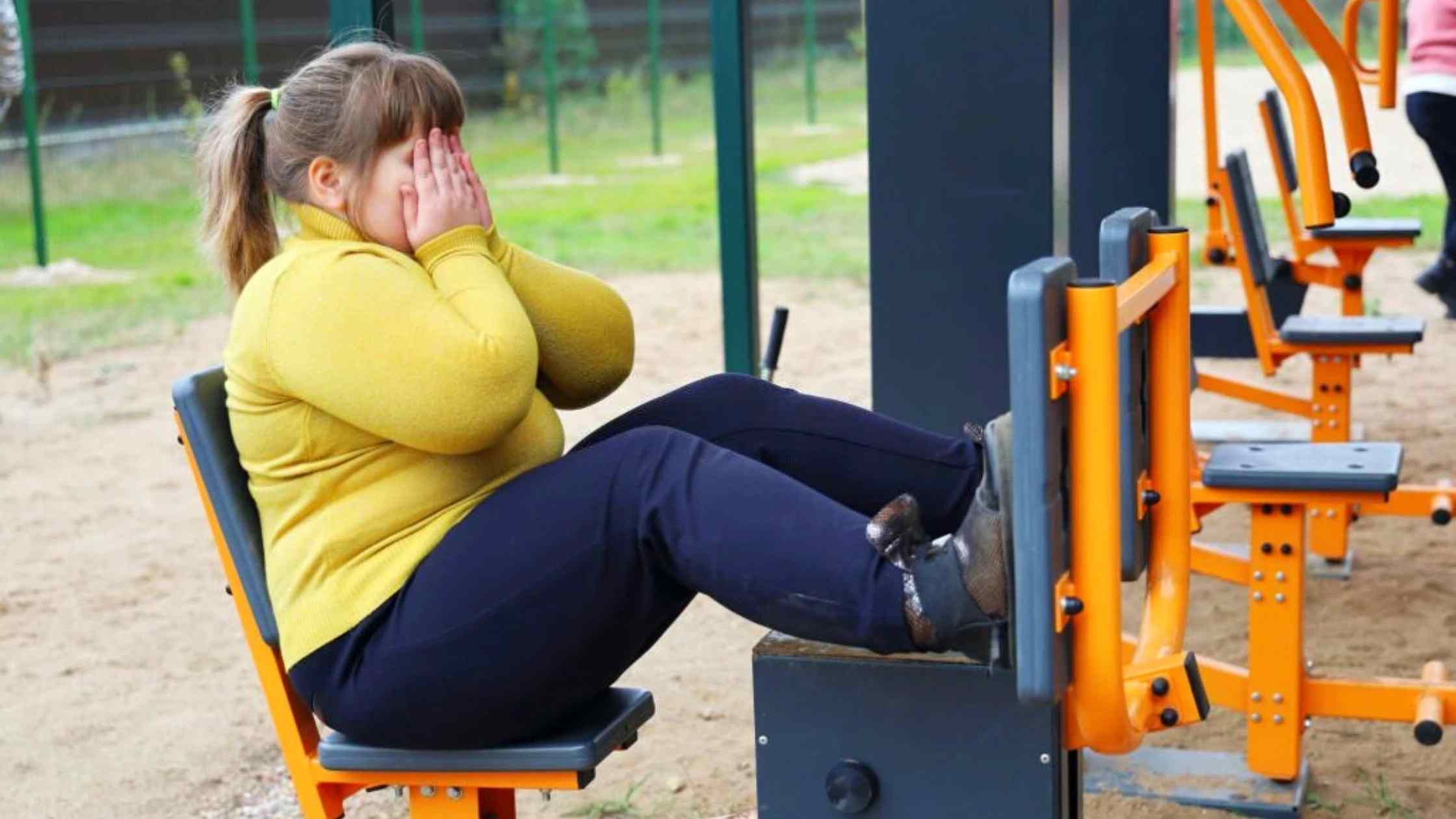Childhood Obesity: A New Set Of Guidelines For Obese Children

After 15 years, the American Academy of Pediatrics has brought some major changes in the guidelines issued for treating childhood obesity. As per the new guidelines, children who are suffering from obesity and overweight conditions need early and proper medical treatment. The new guidelines were incorporated on the grounds of an escalation in childhood obesity rates from 17% to 20%, based on the statistics provided by Centres for Disease Control and Prevention.
According to the latest guidelines by the American Academy of Pediatrics, the old method of “watchful waiting” or not involving any kind of intervention in treating obesity in children doesn’t quite work. From the perspectives of the authorities behind these new guidelines, obesity in children involves some serious biological and socio-economical reasons.
Guidelines for Obese Kids
Almost 20% of children are now affected by serious conditions like obesity and a passive treatment can’t work anymore. According to the chair of the AAP, Dr. Sarah Armstrong, the pandemic had a crucial role in accelerating obesity in children. The pandemic doubled the number of children affected by obesity and overweight. As a result, childhood obesity has become a public health problem.
Children who are affected by obesity are more prone to conditions like Diabetes and high blood pressure. This worsens the situation further. Along with that, overweight children have to face constant stigma on the grounds of body shaming from the society around them. Even healthcare providers can’t deliver them an unbiased approach to treatment. This is what the new guidelines by AAP take into account and want to change.

In the detailed guidelines by AAP, it says that a new approach should be applied for kids who are 6 years and older. The guidelines also suggest the usage of certain anti-obesity medications and surgery to treat complex conditions of obesity in kids. This kind of approach is new in the history of AAP and it displays the seriousness of the matter at hand. According to the policymakers behind the new guidelines, such a novel approach to treating childhood obesity was made on the basis that obesity therapy is effective in children. Like any other chronic condition, obesity also needs proper medical treatment and intensive care from healthcare providers.
The new guidelines proposed by AAP focus on treating children with obesity in a novel approach. Accordingly, treatment should be made possible from an early age itself to avoid the later onset of obesity and overweight conditions in individuals. Some of the basic policies in the new guidelines are given below:
- Acknowledge obesity as a chronic medical condition and employ intensive strategies and exclusive monitoring for treatment.
- Bring the treatment beyond the medical room and build healthy and friendly associations with kids and their families.
- Incorporate motivational interviewing based on the priorities and goals of the patient.
- Implement Intensive Health Behaviour and Lifestyle Treatment (IHBLT) where the patient gets 26 hours of face-to-face counseling along with exercise and nutrition.
- For adolescents over 12 years old, deliver medically approved weight loss drugs along with diet and exercise training.
- Children above 13 years old with acute obesity should be referred to surgery for weight loss from an experienced surgical center.
Get more information: Asthma And Obesity In Children

One of the innovative and path-breaking changes in the new guidelines is the inclusion of weight loss drugs and surgery for children with obesity. As per this, children above 12 years old should be prescribed weight loss medication if the need comes. Currently, the drugs that are approved for treating obesity in children above 12 years old are Orlistat, Wegovy, Qsymia, etc. Also, the new guidelines suggest that if the kid is suffering from a severe condition of obesity, surgery can be authorized.
Considering its implementation, one of the factors that make the new guidelines different is their unique approach to analyzing the reasons behind childhood obesity. Their method is based on identifying the factors behind childhood obesity as something that is rooted in socioecological, genetic, and environmental factors. Along with this, the new approach takes into account the fact that children who are from racial minorities, immigrant communities, below-income families, etc experience more cases of obesity and are overweight than kids from other communities. This raises the concern about focusing on the social context of children with obesity and providing them with the necessary treatment accordingly.
The new guidelines provide hope regarding the innovative and wholesome approach that it brings to treating childhood obesity. As per this, all the treatments should focus on the child and his/her family. Any kind of biases from healthcare providers should be avoided. By initiating an approach that is well-rooted in identifying all the factors that cause childhood obesity, the issue can be handled properly. Only by analyzing and treating the issues that lead to obesity in childhood, its growth into the following years can be eradicated. The United States is one of the countries in the world that have a huge population of obese people. By properly treating childhood obesity, the country can reduce the growing cases of obesity which is prevalent today.
You might also like to read: Can Obese Parents Lead To Obese Children?





